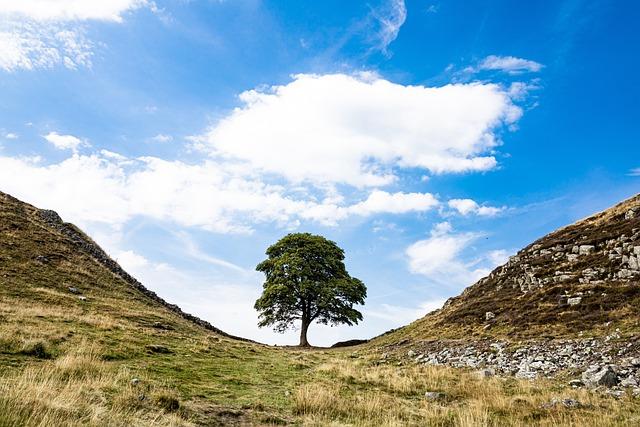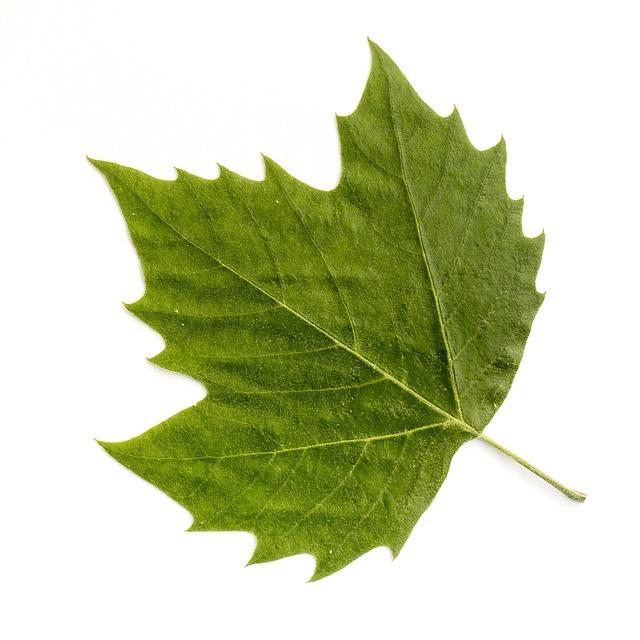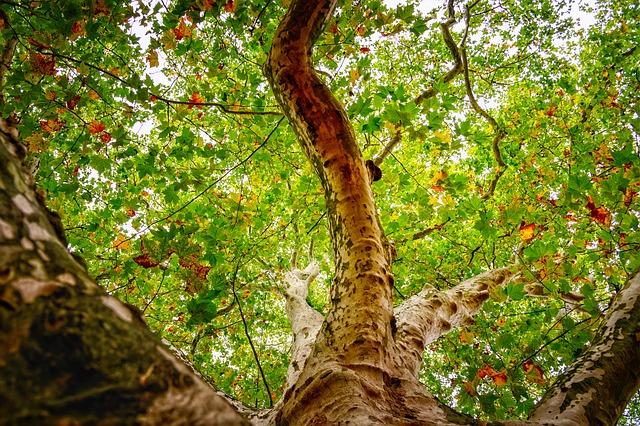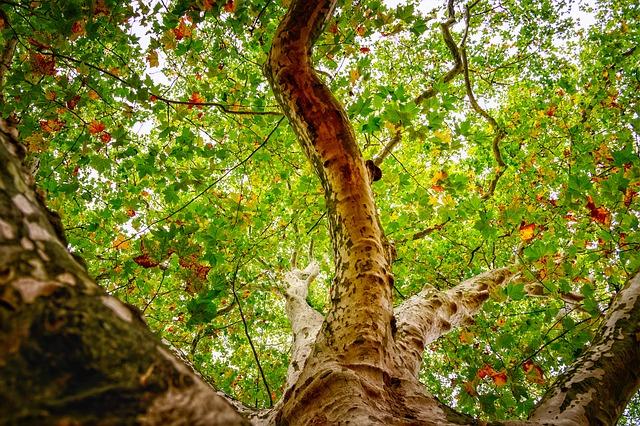- Introduction to Sycamore Trees
- Key Characteristics of Sycamore (Platanus)
- Geographical Distribution of Sycamore Trees
- Sycamore's Role in the Ecosystem
- Sycamore Trees for Landscaping and Urban Environments
- Conclusion
- FAQs
- References
Introduction to Sycamore Trees
The sycamore tree, belonging to the genus Platanus, is among the most recognizable trees worldwide. Known for their grandeur, strength, and unmatched resilience in various environments, sycamores boast unique qualities, such as their distinctive bark texture and broad, wide leaves.
In this article, we’ll delve deep into the key characteristics of sycamore trees, focus on their geographical distribution, their critical role within ecosystems, and explore how they are commonly used in landscaping and urban environments. By the end, you'll have a comprehensive understanding of this fascinating tree species.
Key Characteristics of Sycamore (Platanus)

(Image: Pixabay/@stencilmyst)
Sycamore trees stand tall and proud, often reaching heights of up to 100 feet (30 meters). The most distinguishable feature of the sycamore is its mottled bark, which peels away in patches, revealing hues of green, gray, and brown. This results in a camouflage-like appearance that sets the sycamore apart from other tree species.
The leaves of the sycamore are broad and maple-like, typically measuring 4 to 9 inches (10 to 23 cm) across. These large leaves provide ample shade and make the tree well-suited for urban planting. Another notable aspect is the sycamore's fruit–a ball-shaped cluster that contains seeds. These fall during fall and winter months, dispersing the seeds with the help of wind.
Apart from their evergreen nature, sycamores also tend to be long-lived, with some trees surpassing 500 years. They prefer moist soils but can adapt well even in less-than-ideal conditions like polluted urban areas.
Geographical Distribution of Sycamore Trees

(Image: Pixabay/@JoshuaWoroniecki)
Sycamore trees are native to both the eastern regions of North America and parts of Europe, where they're typically found growing along riverbanks and wetlands. In the U.S., the American sycamore (Platanus occidentalis) is one of the most common species, thriving from the East Coast to the Midwest.
Platanus species can also be found across parts of Europe and Asia, including zones of the Mediterranean. Generally, sycamores prefer regions that offer plenty of water sources, which is why they're often found near rivers, lakes, or low-lying moist areas.
Municipalities across suburban and urban landscapes have also embraced the robustness of sycamores, given their ability to withstand pollution and adverse growing conditions. As a result, they're often planted along avenues, parks, and streetscapes.
Sycamore's Role in the Ecosystem

(Image: Pixabay/@SimachtBilder)
The contribution of sycamore trees to the environment goes beyond aesthetics. As towering members of temperate forests, they play pivotal roles in various ecological processes. One of the key benefits is the provision of habitat and food for wildlife. Birds, squirrels, and other small mammals find refuge in the towering branches of sycamore forests. The trees also produce seed balls, which multiple species rely on for food.
In addition to providing essential habitats, sycamores thrive in areas prone to flooding or poor air quality. They help stabilize soil by preventing erosion along water bodies, and their dense canopies cool urban temperatures—providing an essential defense against the adverse effects of climate change.
Moreover, sycamores aid in carbon sequestration. Large trees can capture significant amounts of carbon dioxide from the atmosphere, thus helping curb the ever-growing issue of global warming and air pollution.
Sycamore Trees for Landscaping and Urban Environments

(Image: Pixabay/@Tama66)
Given their grandeur and versatility, sycamore trees are frequently used in landscaping projects, especially in urban settings. Their wide-spreading canopies create extensive shade, making them ideal choices for parks, public spaces, and large backyards. The combination of aesthetic appeal and environmental benefits only boosts their popularity among city planners and property developers alike.
However, it's important to note that sycamores require ample space to fully thrive. These are large trees that need room for their broad crowns to spread and their root systems to grow uninterrupted. Planting too close to buildings or sidewalks can lead to issues with invasive roots, so careful planning is essential when considering them for an urban space.
Beyond their natural beauty, sycamores withstand pollutants better than many other tree species. Therefore, they are commonly chosen as street trees in industrial or highly trafficked areas where air quality might otherwise affect weaker species.
Conclusion
In summary, the sycamore tree (of the *Platanus* genus) boasts both strength and beauty. From its unique peeling bark to its gigantic size, this tree serves as a valuable asset to our ecosystems and urban landscapes. Whether aiding wildlife in natural habitats or offering shade to bustling cities, sycamores contribute significantly to the balance and well-being of our surroundings.
For those considering sycamores when planting or landscaping, remember, they are resilient and adaptable but require ample space to achieve their full potential.
FAQs
How do I identify a sycamore tree?
Sycamores are easily recognizable by their patchy bark, which peels off in sections, revealing a mosaic of colors like gray, green, and brown. They also have broad, maple-like leaves and round 'seed balls' that hang from the branches.
Where are sycamore trees commonly found?
Sycamore trees are native to North America and parts of Europe and Asia. They prefer moist, well-watered environments such as riverbanks but are also widely planted in urban settings due to their resilience.
What makes sycamores good for the environment?
Sycamores provide essential wildlife habitats, prevent soil erosion along riverbanks, and help cool urban areas. Additionally, their large canopies capture carbon, aiding in the fight against climate change.
Can I plant a sycamore tree in my backyard?
Yes, but be sure you have enough space! Sycamore trees require plenty of room for their large canopy and extensive root system. Be cautious not to plant too close to buildings or infrastructure.
What is the lifespan of a sycamore tree?
Sycamore trees are known for their longevity and can live upwards of 500 years, depending on their environment and care.

